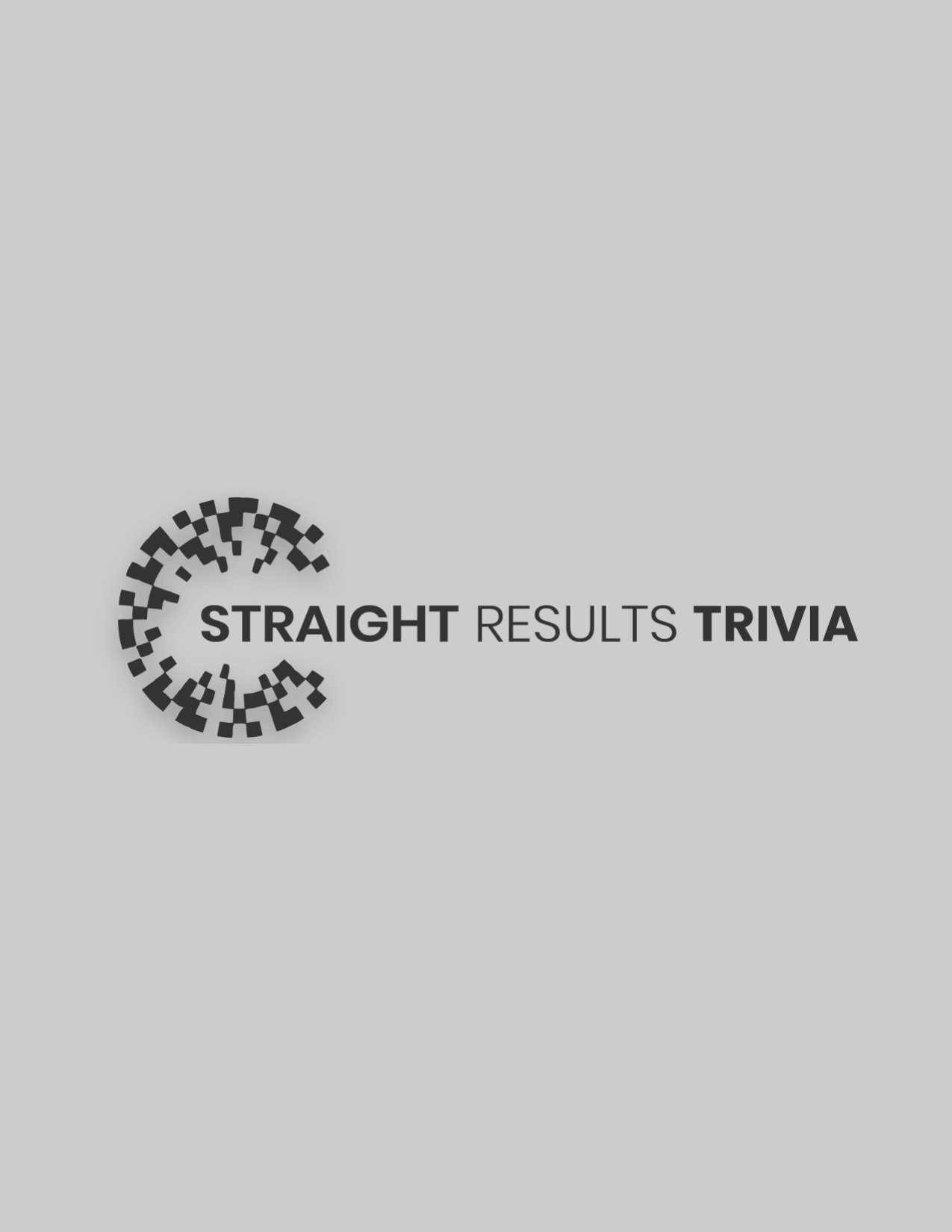Nowadays, the challenges with IoT are wide-ranging and ever-increasing. IoT approaches keep changing and CIOs are called to utilize new IT strategies, solutions, and applications to ensure their companies are prepared. Below are 6 steps to safeguard a smooth transition to a more efficient IoT support approach:
1. Understand that IoT support team roles are changing
Help desks and IT support teams used to focus exclusively on applications, whereas today they need to have an extensive knowledge and understanding of all the latest IoT devices, solutions, sensors and equipment, and how everything interacts with communication portals, networks, applications, data privacy and security.
2. Forge a collaborative nature between help desk and IT
The help desk first and foremost deals with applications, and therefore should work closely with the IT help desk, IT security and network teams to resolve IoT issues when they arise. Issues vary from security and networks, hardware, software, and communications. Having immediate access to IT assistance, as well as an available network and systems is critical.
3. Train your support personnel for new IoT technologies
Transitioning to an IoT approach inevitably means that help desk responsibilities will shift. It is imperative that the support personnel receives the necessary guidance and training throughout this process so that it knows how to handle and deal with the IoT-related tickets. Although in many instances users can solve their inquiries by using self-help tools, and basic troubleshooting can be resolved with Artificial Intelligence (AI) that knowledge bases provide, when it comes to problem solving, the help desk personnel must be more prepared to answer effectively.
4. Train end users to act as first responders
Another approach that certain CIOs may wish to follow is to turn their end users into first-responders to IoT issues. CIOs may consider providing IoT troubleshooting training to end users, who will then only address unresolved issues to the IT help desk. Implementing this kind of approach also provides the IT help desk with the benefit of knowing first-hand when new IoT technologies are being introduced by users themselves.
5. Encourage communication between end users and IT
For the end user approach to work, CIOs must help foster effective communication channels between the IT help desk, the technical specialists, and the end users through setting effective team support policies beforehand.
6. IoT support and vendor responsiveness
CIOs need to pay close attention to the level of vendor responsiveness when evaluating help desk performance. There are countless IoT solution vendors and solutions out there, and in many instances the help desk’s job is to reach out to vendors to rectify IoT issues. Training the help desk personnel to deal with those issues is essential to the satisfaction of the vendors.















